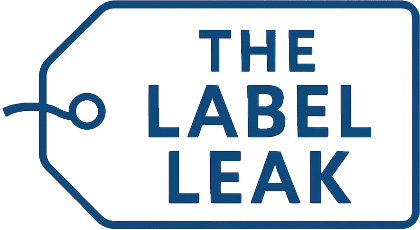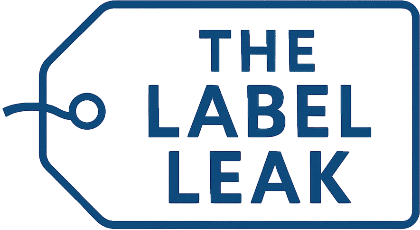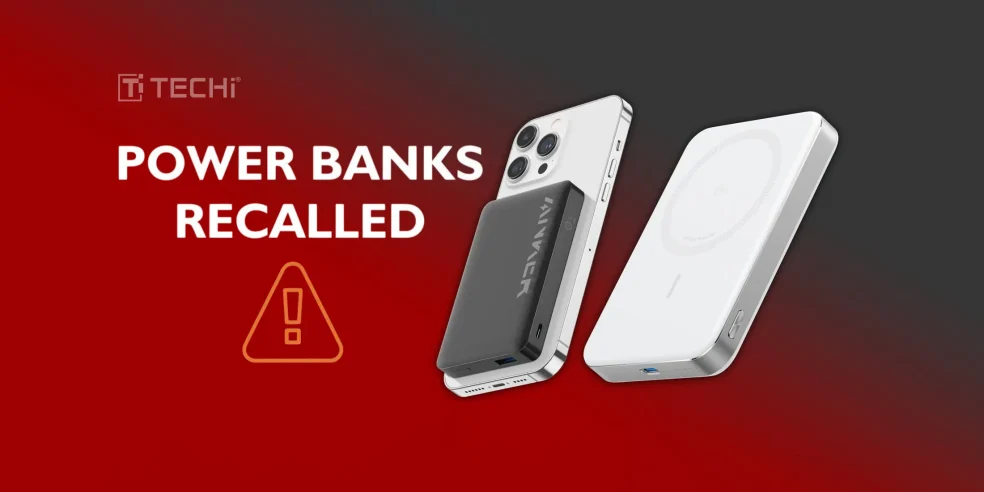Anker Recalls 1.1 Million Power Banks Over Fire Risk – How to Check Yours
https://www.techi.com/wp-content/uploads/2025/06/20250613-Anker-recalls-over-a-million-power-banks-due-to-fire-and-burn-hazards-1-984×492.webp
Anker Recalls 1.1 Million Power Banks Over Fire Risk – How to Check Yours
Anker, a prominent electronics manufacturer, has issued a recall of over 1.1 million PowerCore 10000 power banks (model A1263) due to a significant fire and burn risk. The recall includes 19 reports of fires and explosions associated with the power banks, including two minor burn injuries and an amount in property damage up to $60,700.
What Happened?
The recall of the PowerCore 10000 power banks is a result of a defect in the lithium-ion battery, which is located on the inside of the power bank. The batteries were sold in the United States between June 2016 and December 2022. The defect in the batteries could result in the battery overheating, possibly melting the housing of the device and resulting in a fire or explosion. The recalled devices were sold through multiple online retailers, including Amazon, Newegg, eBay, and the Anker site.
How to Identify and Respond
Consumers should stop using the recalled power banks immediately and check the model number that is printed on the bottom of the power bank. Only the A1263 respects this recall. Anker has a tool available on their website to check the serial number to see if your device is the one being recalled.
To claim a free replacement or a $30 gift card, the owners must provide photos that include the model number and serial number of the device, their name, the date, and the word “recalled” written clearly on the device. Purchasing documentation is optional. The power banks must be safely disposed of by sending them to municipal household hazardous waste collection centers and cannot be placed in the trash or regular recycling bins.
Broader context and implications of the recall
Although lithium-ion batteries are dependable, they are like everything mechanical and can decay with time. They do have the potential to catch fire if compromised, and have safety implications. The current recall highlights safety issues with battery products marketed for portability. Other battery/flame events in the marketplace, like Galaxy Note 7 and lithium-ion non-compliant devices, have prompted stricter guidelines for transporting such battery products by airlines and couriers. Airlines like Southwest Airlines have disallowed their transport unless they witness visibly charging the battery before the flight.
Looking ahead
The Anker recall highlights the responsibilities of vigilance for battery products. There is a duty for consumer awareness and manufacturers to provide products that satisfy our daily battery needs against a backdrop of manufacturers focusing on dominating the mobile device accessory market and reaching out to consumers in a safe manner. Consumers also have a duty to the manufacturer to scan for safety advisories and to safely dispose of malfunctioning batteries.
Author’s Opinion
While this recall is somewhat of a good action to protect consumers, it serves as an important reminder about the potential hazards of lithium-ion technology. The affected users should take action swiftly to ensure they do not suffer from any harm.


